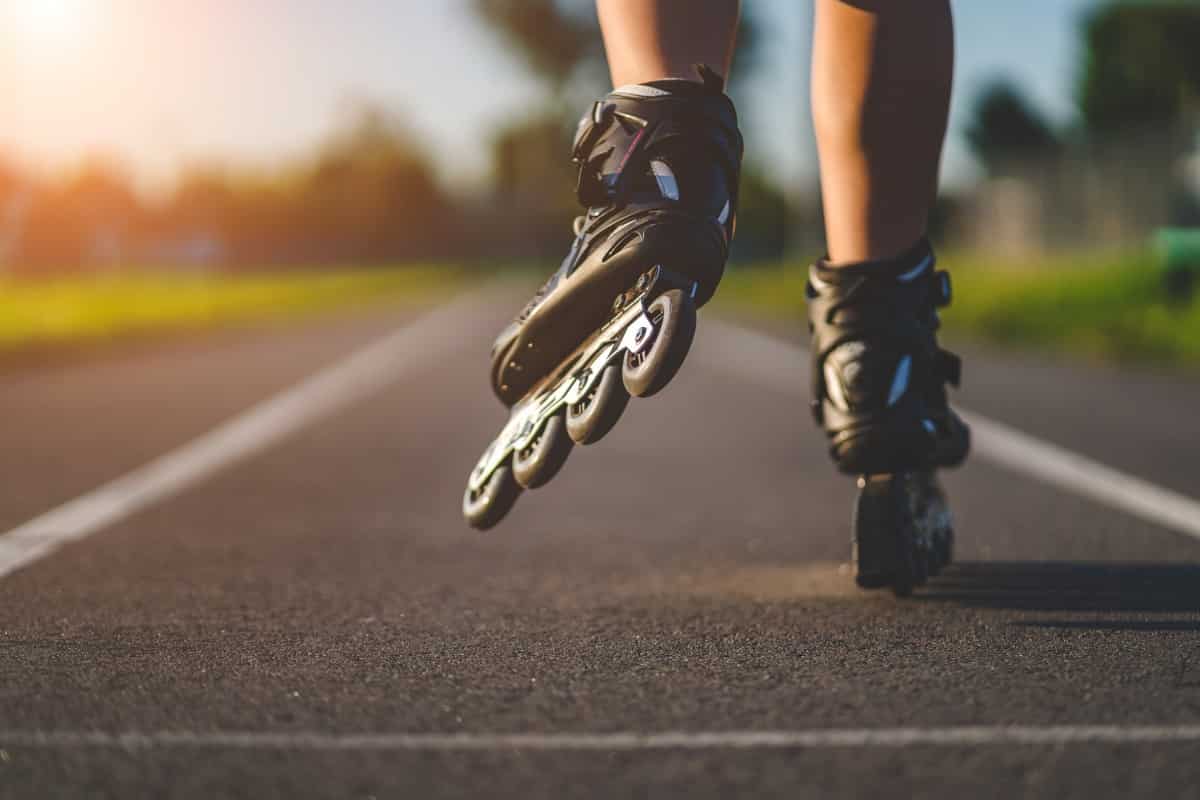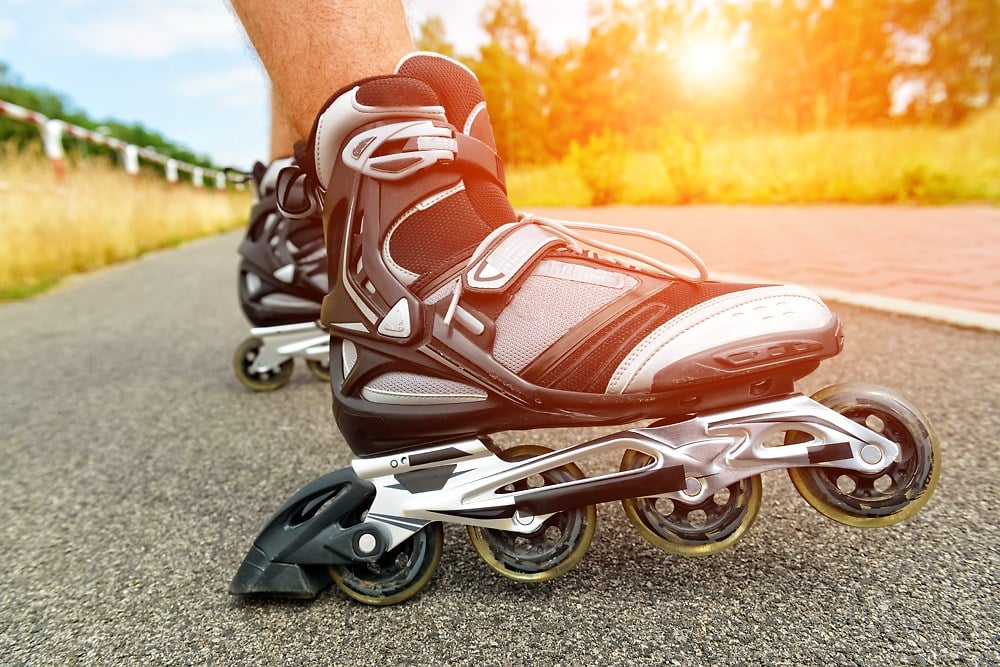The Corona crisis makes inline skating a trendy sport (again)

Many people have discovered new sports during the Corona crisis, especially inline skating. However, this is by no means a phenomenon that can be attributed exclusively to the pandemic. Especially when the temperatures rise again a little, it seems tempting to try out new trends, among others.
And what could be more natural than to lay the foundation for the summer body already in spring? This year, an old classic is enjoying a revival among many exercise enthusiasts: anyone who wants to be on the move in a way that is easy on the joints (and sometimes also fast) is rediscovering inline skating.
But before the first ride, it is important to check a few basic facts. This will ensure that nothing stands in the way of (hopefully) unadulterated riding pleasure. With the following tips, inline skating should not be a big problem for advanced skaters or beginners.

Tip no. 1: the right route
Here it makes most sense to be a little proactive. A particularly important question is "How well and safely can I brake? What may sound obvious at first should not be laughed at. Because: at the latest when the route leads downhill, safe (!) braking skills can be worth their weight in gold. Here it is important to react quickly. Otherwise the skates will continue to accelerate and the ride may end painfully.
This means: it is essential to practise not only driving, but also braking! Coming to a safe stop comeIt is best to practise on flat paths first. A training partner can also help.
Tip no. 2: the right equipment
Regardless of whether the skating style is ambitious or cautious: helmets, knee pads and the like can prevent injuries. Even if many inline skaters do without "accessories" of this kind, it always makes more sense to take precautions.
Gloves can help protect the palms (and depending on the model, also the knuckles) from abrasions. At some skate events, protective equipment is even mandatory. It is best to find out about this early on.
Tip no. 3: inline skating regularly
Just as with cycling, it is also true for skating that in most cases it is worth staying on the ball. Because: as a rule, the skating style - even after a long winter break, for example - becomes more and more confident with each unit, so that you can build on "old successes".
And: any setbacks and the realisation that other riders are faster should not lead to frustration. The motto "If you fall off the horse, get right back on!" also applies here.
Tip no. 4: Integrate inline sessions into your individual training plan
For all the fun that inline skating always offers, it is often forgotten that it is a wonderful way to burn calories.
If you manage to skate regularly, you can create a great change for your own fitness plan. Fresh air, movement and fitness training - a wonderful alternative to the classic home gym!
Tip no. 5: it is best to ride only on dry paths
Caution! There is indeed a danger of slipping here! Wet asphalt often ensures that the wheels of the skates do not get a proper "grip" and slide off to the side. Especially inexperienced skaters can quickly stumble here. The effect is sometimes exacerbated if wet leaves provide additional "sliding potential".
Therefore, if you want to be on the safe side, you should perhaps take a break on wet spring days so that you can really get going again when the conditions are dry.
The most frequently asked question in the current Corona crisis is: How can you add pizzazz to the Corona hairstyle?
Keine Kommentare vorhanden